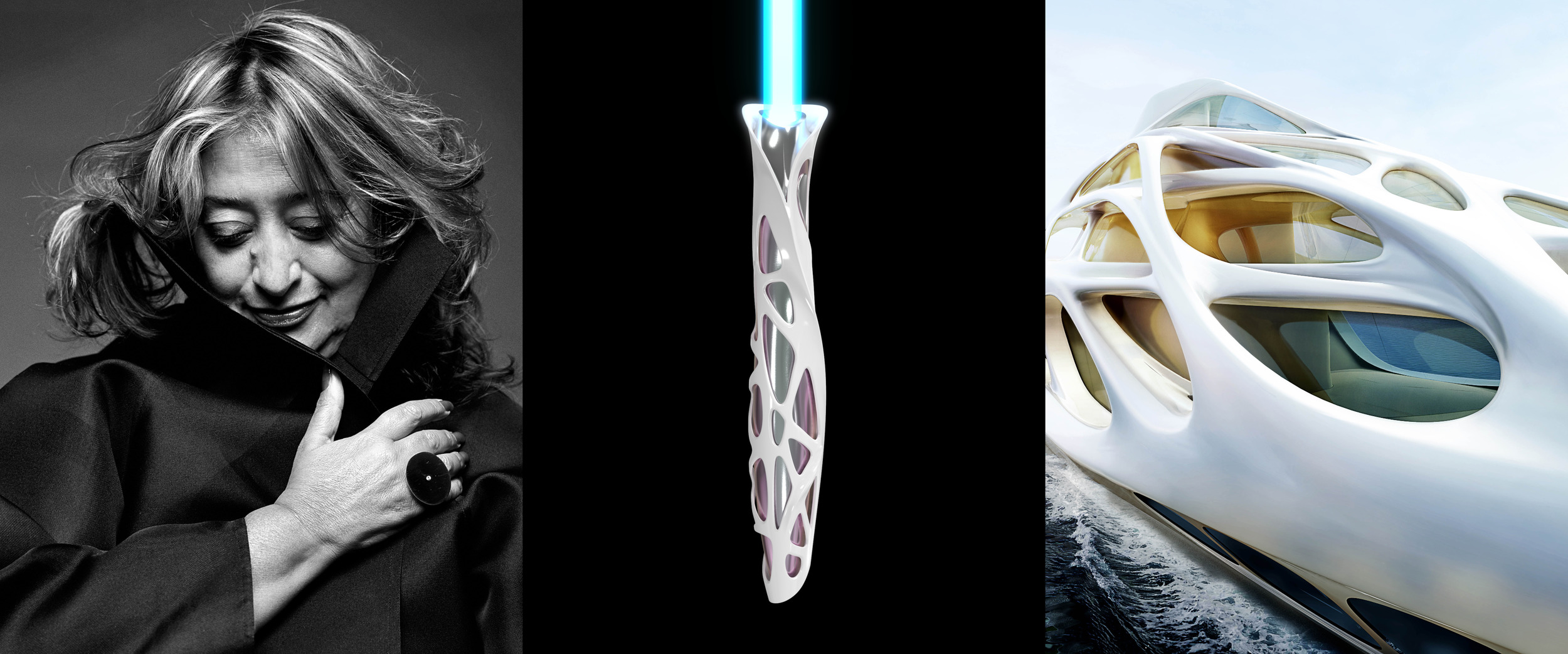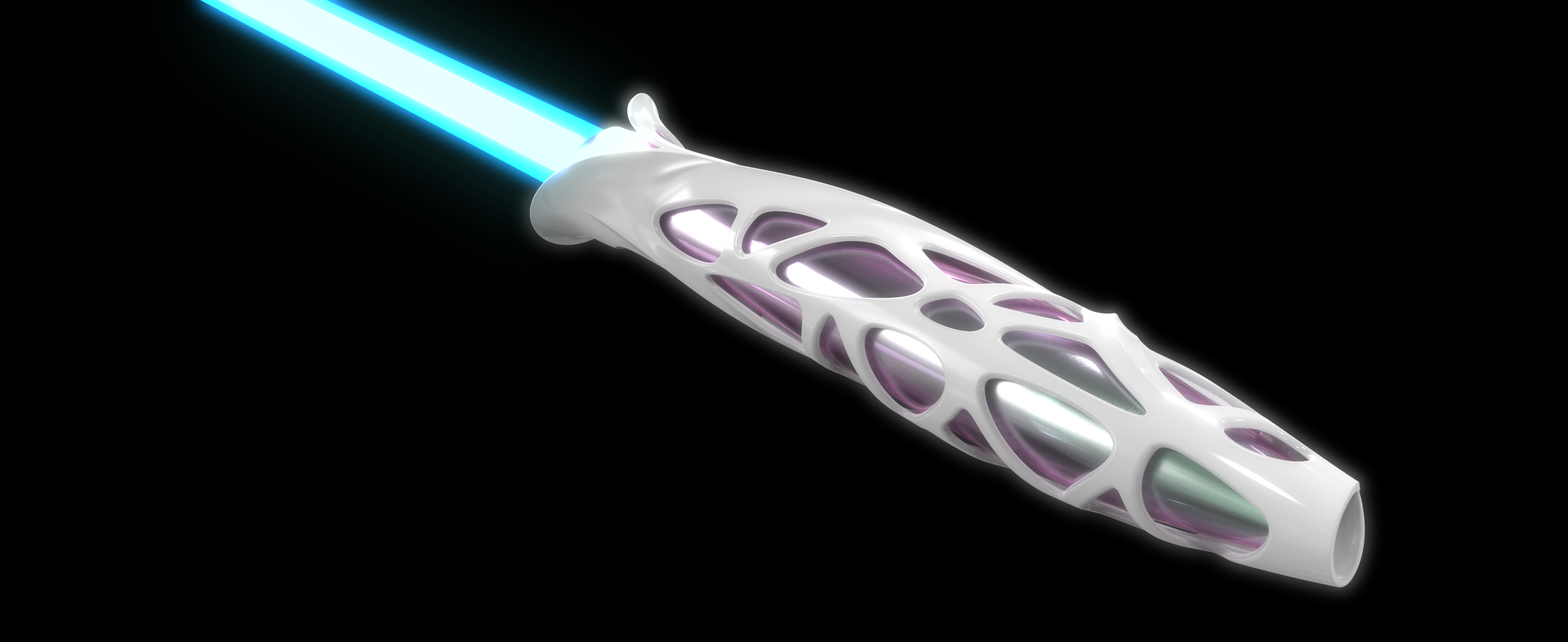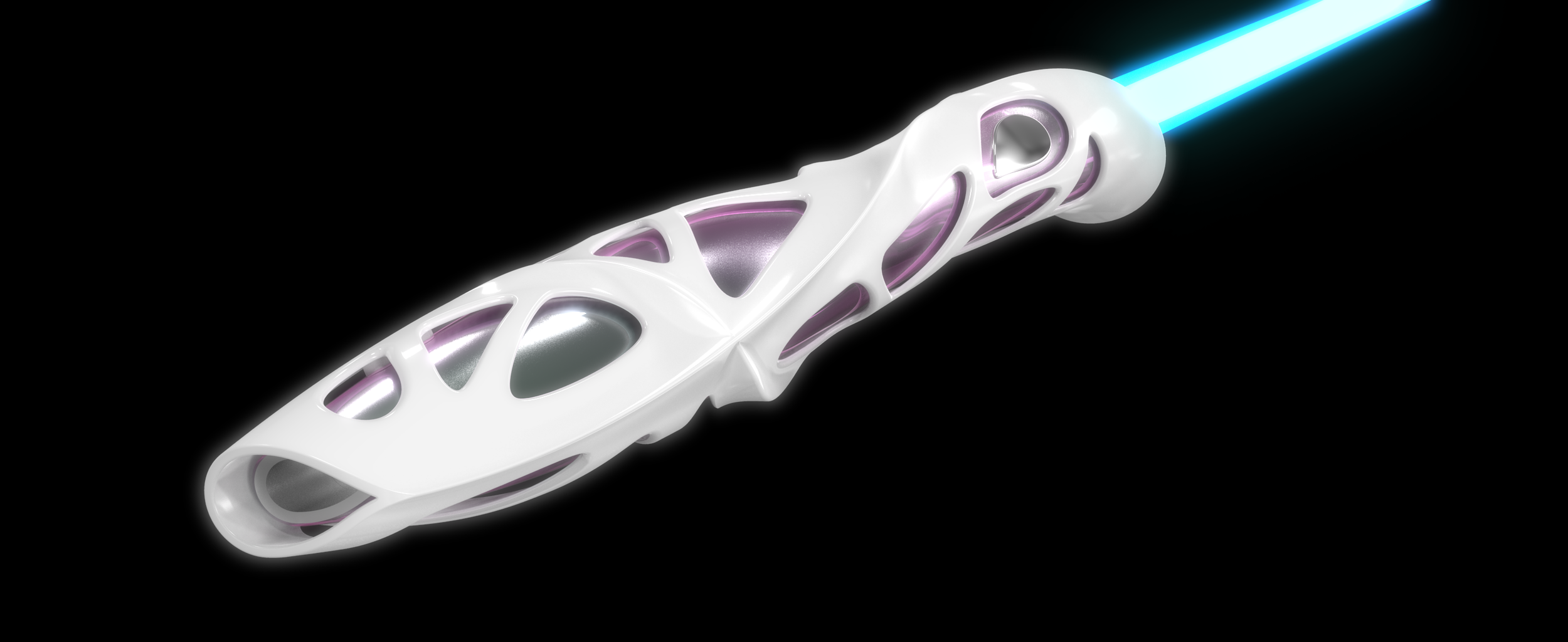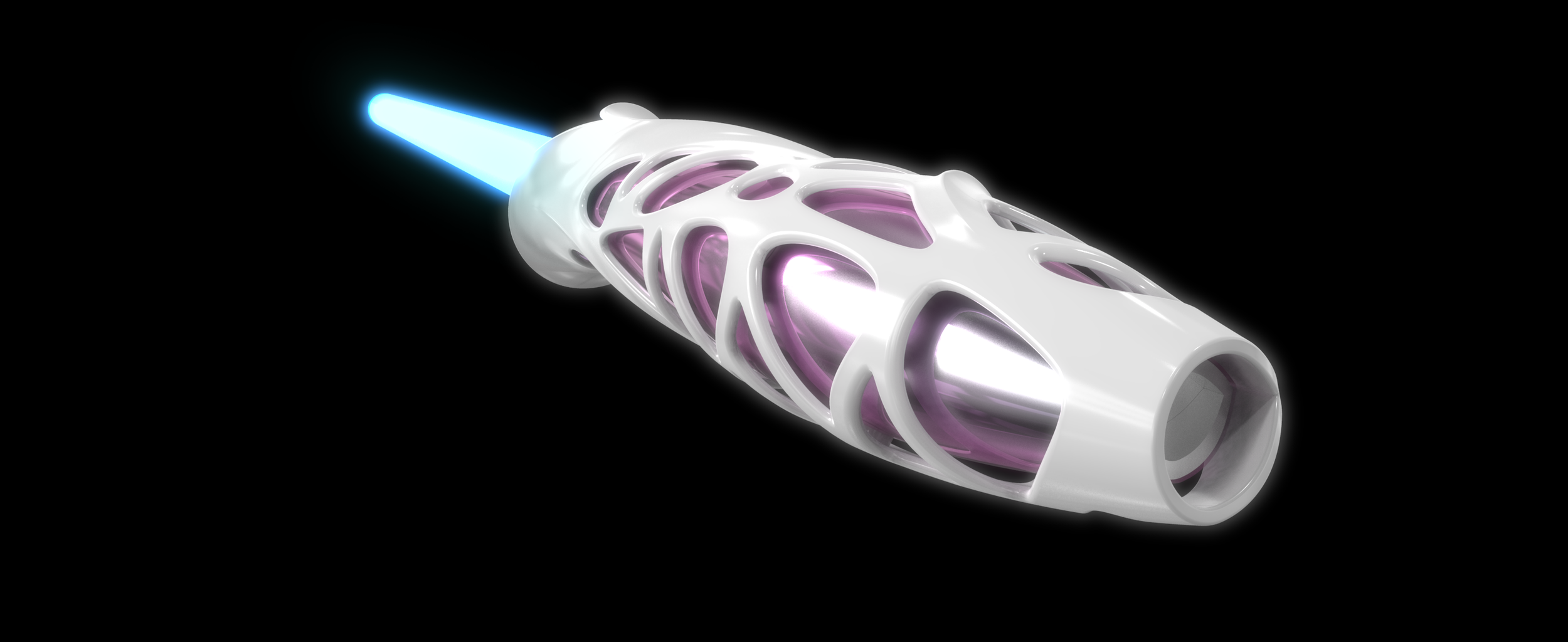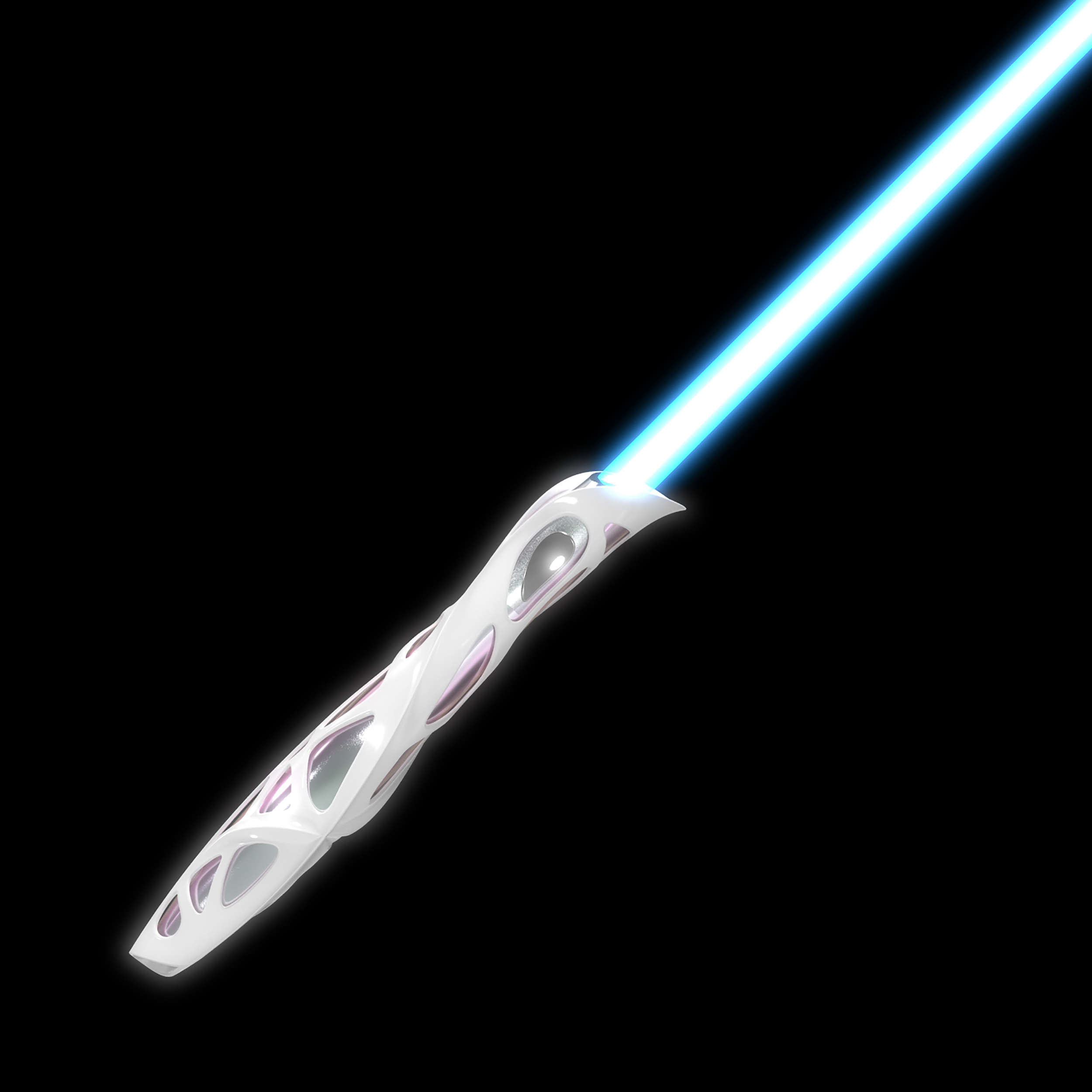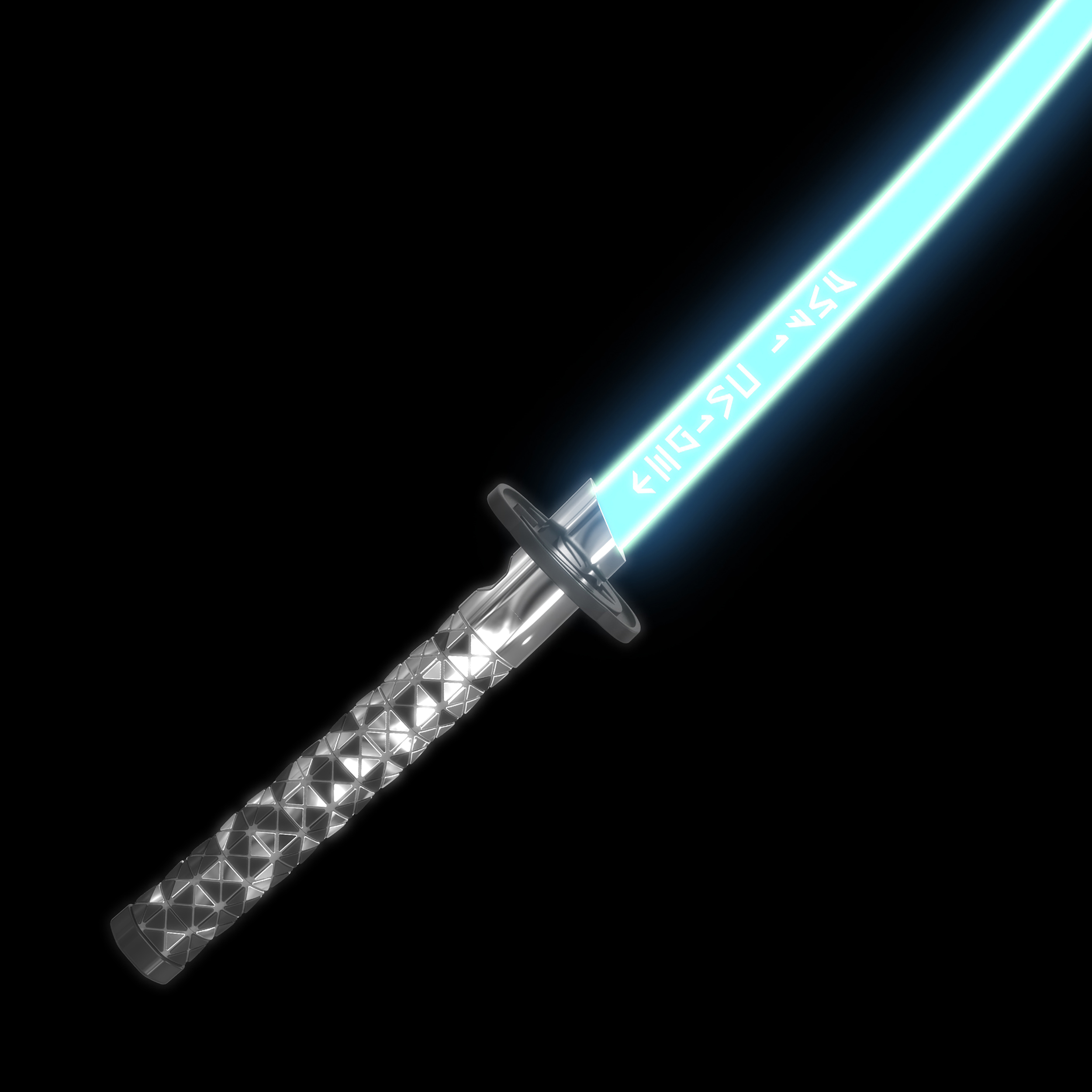BIOGRAPHY
In an industry dominated by men, Zaha Hadid has been a pioneer in the field of architecture.
Much of Zaha’s work is concerned with movement and speed—both the way people will move through the buildings and the way a sight line travels through light and shadow. Her exteriors seem to be shaped by the movement inside and around them, rather than by some predetermined notion of external form.
Born in Baghdad in 1950, Zaha began her architectural journey in 1972 while studying at the Architectural Association in London. She then joined her former professors, Rem Koolhaas and Elia Zenghelis, at the Office for Metropolitan Architecture (OMA) in Rotterdam, where she became a partner in 1977. By 1979, she had established her own practice in London.
Unlike some other famous high-end architects, Zaha does not develop a signature stamp that repeats itself. There is no single Hadid style. However, certain themes do carry through her use of materials (glass, steel, concrete), her lines (corridors often trace flowing arabesque shapes, while roof struts make sharp Z-shaped angles), her structures (preference for column-free spaces), and her sculptural interiors and asymmetric façades.
Famous Works
The Vitra Fire Station in Weil am Rhen (1994), MAXXI-National Museum of the 21st Century Arts* in Rome (2009), The Phaeno Science Center (2005) in Wolfsburg, Germany, The Evelyn Grace Academy* (2010) in London, Heydar Aliyev Centre in Azerbaijan (2013)
* Both won the Stirling Prize


